Last year some time I tested the new Epson Exhibition Fiber inkjet paper on some images, with wide color gamut, difficult blacks, monocromes, and so on.
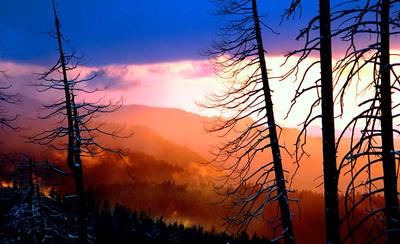
Printed and rephotographed:
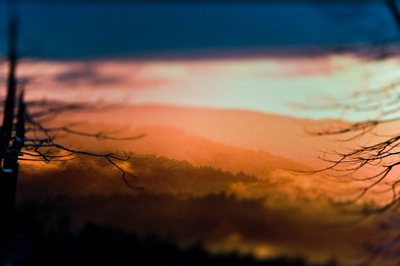
Oaks in Tucson Arizona:
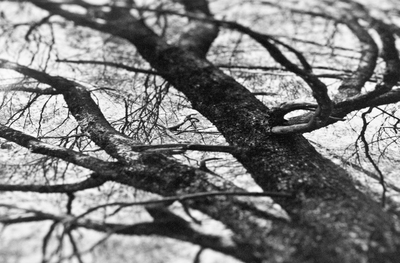
Vera climbing in Indian Creek, Utah:
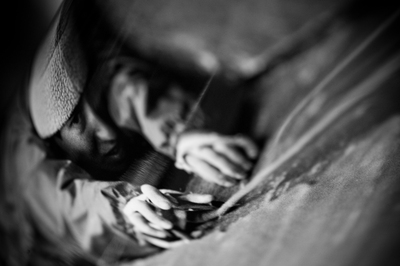
Variations from the same print of "Chief" in Elijay, Georgia:
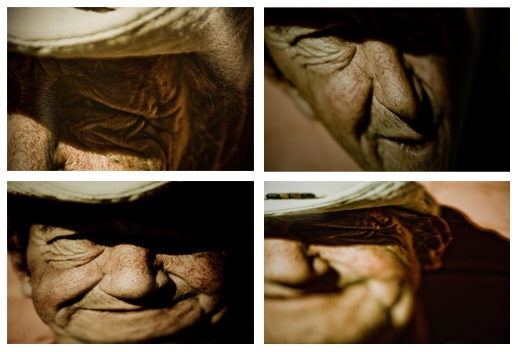
Exhibition Fiber is a great paper to fool with this way, because it doesn't
show gloss differential or metamerism that has plagued glossy inkjet prints
since forever. You can google it, I wont explain here. Just try it out, you'll dig it!
Anyone up for a D-A-D chain photo? Ill pick an image, print it, rephotograph it and send it to you to print and rephotograph however you like...
Anyway, I started re-photographing the surface of the prints. By transferring the digital image to an analog surface (paper) and reshooting it, at hard angles, bent up, with light reflecting off the surface, you can create "impossible" highlights and depth-of-field effects in the next incarnation.
Here is one example, starting from a photo of burnt pines in the Yosemite high country after a dusting of snow.

Printed and rephotographed:

Oaks in Tucson Arizona:

Vera climbing in Indian Creek, Utah:

Variations from the same print of "Chief" in Elijay, Georgia:

Exhibition Fiber is a great paper to fool with this way, because it doesn't
show gloss differential or metamerism that has plagued glossy inkjet prints
since forever. You can google it, I wont explain here. Just try it out, you'll dig it!
Anyone up for a D-A-D chain photo? Ill pick an image, print it, rephotograph it and send it to you to print and rephotograph however you like...
Trackbacks
Listed below are links to blogs that reference this entry:
Digital-Analog-Digital
. TrackBack URL for this entry:
http://theblindmonkey.com/darkroom/mt/mt-tb.cgi/13
Comments

